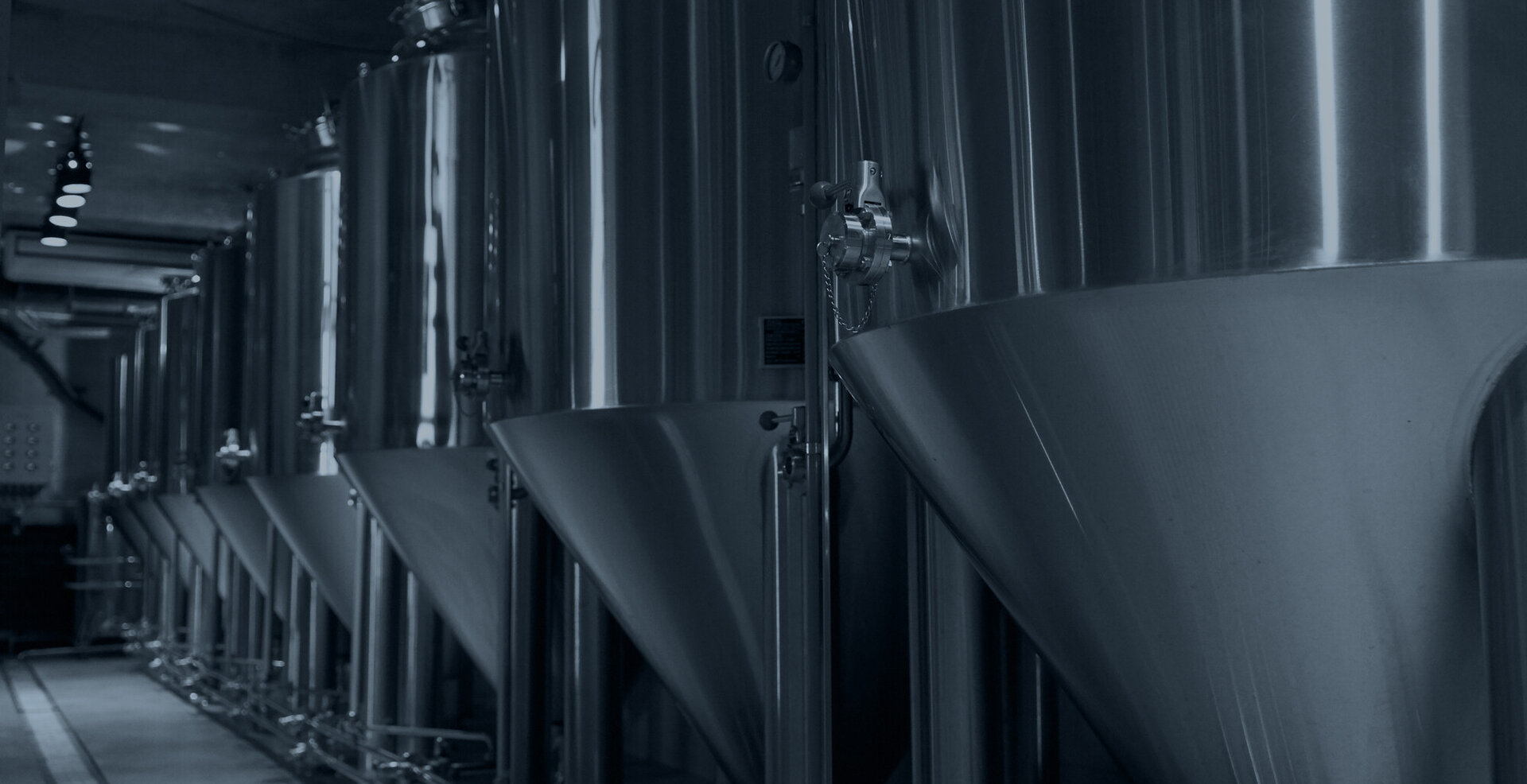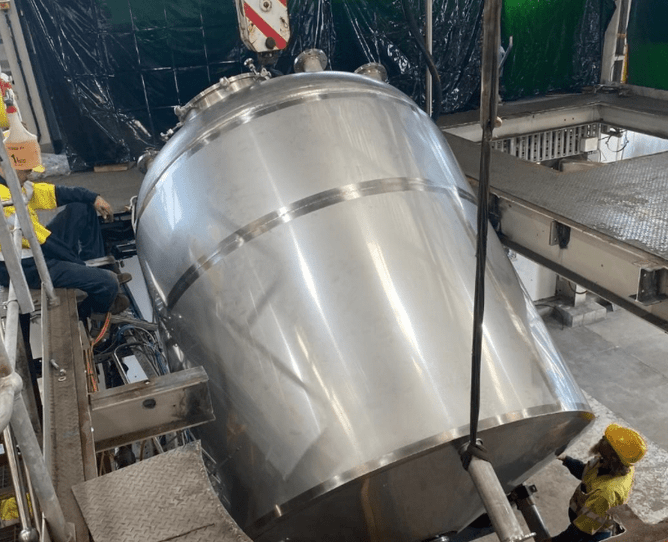We have a lot of tank manufacturing experience at BTM and every job and every customer has their own unique set of wants and needs; and sometimes challenges too.
Our job is to make sure we fulfill our obligations and give them exactly what they expect.
Here we’re going to talk about the art of manufacturing pressure vessels who let’s face it; need to stand up to a lot of pressure!
Manufacturing pressure vessels involves a complex and highly regulated process due to the critical nature of these vessels, which are designed to contain pressurised fluids or gases safely.
Pressure vessels are used in a wide range of industries, including petrochemical, oil and gas, pharmaceutical, and energy production. Lucky for all our customers we have a lot of experience manufacturing pressure vessels so you’re in good hands.
Here are the key steps and considerations involved in the manufacturing of pressure vessels:
Design and Engineering: The first step is to design the pressure vessel, taking into account factors such as the intended use, operating pressure, temperature, material compatibility, and safety regulations. Once again, our team of experts gather all the info so we can deliver the goodsOur engineers perform stress analysis and calculations to ensure the vessel's structural integrity under pressure. With a great eye for detail our team are on the ball from start to finish.
Material Selection: The choice of materials is critical and depends on factors like the type of fluid or gas being contained, temperature, and corrosion resistance. Common materials for pressure vessels include carbon steel, stainless steel, and various high-strength alloys. Why are these steels used? For example; carbon steel is know for its strength which makes it suitable to withstand high internal pressures. So not only do we need to know everything there is to know about tank manufacturing, we have to know everything there is to know about the materials we use too.
Fabrication: The chosen material is cut, rolled, and formed into the required shape to create the vessel's shell. This often involves using heavy-duty machinery like plate rollers, shears, and press brakes. Welding is a crucial aspect of fabrication, and it must adhere to stringent codes and standards. Skilled welders perform the welding, and various welding techniques may be used, including submerged arc welding (SAW) or shielded metal arc welding (SMAW).
Quality Control and Testing: Quality control measures are implemented at every stage of fabrication to ensure compliance with design specifications and safety standards. It’s our job to make sure all our tanks provide peak performance.Non-destructive testing (NDT) methods, such as ultrasonic testing, radiography, and dye penetrant testing, are used to identify any defects or imperfections in welds and materials.
Heat Treatment: Some pressure vessels may require heat treatment to relieve residual stresses and improve material properties. This process is carefully controlled to prevent distortion.
Surface Treatment: Once again both the interior and exterior surfaces of the pressure vessel are prepared and treated to prevent corrosion.
Hydrostatic Testing: The completed pressure vessel is filled with a liquid, usually water, and pressurised to a level higher than its maximum operating pressure. This hydrostatic test ensures the vessel's integrity and leak-tightness.
Documentation and Certification: Comprehensive documentation, including design calculations, material certificates, welding records, inspection reports, and testing results, is prepared for regulatory compliance and customer assurance.
Final Inspection and Shipping: The pressure vessel undergoes a final inspection to verify that it meets all specifications and safety requirements.Once approved, the vessel is prepared for transporting to its installation site. This may involve disassembly or partial disassembly, depending on its size and transportation logistics.
Manufacturing pressure vessels is a precise and regulated process that prioritises safety and quality at every stage. The strict adherence to industry standards and codes is essential to ensure that these vessels can safely withstand the pressures and temperatures they are designed for.
We make 100% sure they’re up for the job. Brisbane Tank Manufacturing has been around since 1999, so that’s over 20 years experience in the game. There’s a wealth of experience here and a whole tonne of passion too. Tony, our MD is one of the good guys. He looks after his team of experts so they look after you. When you’re ready to talk tanks; give Tony a call to find out more



